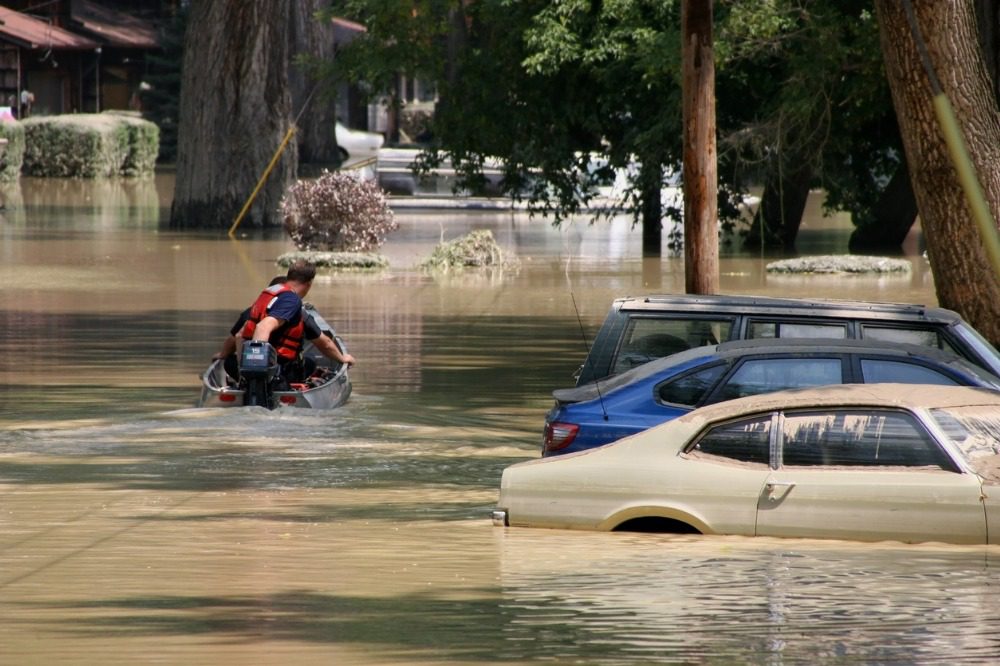Federal report suggests no disaster aid for homeowners without flood insurance

The DFAA is administered by Public Safety Canada.
The report additionally recommended that the federal government could encourage all provinces and territories to adapt a strategy to refuse disaster financial assistance payments to households that do not have flood insurance.
“If affordable flood insurance can be made available across Canada, the DFAA would not be needed for private property which would marginally reduce DFAA costs,” the report added.
The Epoch Times reported that the audit and evaluation report covers the fiscal periods from 2016–17 to 2020–21. The audit also mentioned that residential loss only accounts for 15% of the DFAA’s flood relief costs; most of the costs are centered on repairing and rebuilding public infrastructure.
In addition to the suggestion, the audit also found that the DFAA was being utilized as an “insurance” program that covers all disaster-related costs, instead of its original purpose as a last resort program for disaster assistance. It also found that there has been no consistent progress on flood mapping, emergency plans for the provincial/territorial governments, and critical infrastructure protections. Many of the flood maps were 20 to 25 years out of date, it was noted.
In November, the Government of Canada announced that it would provide over $585,000 for a research project aimed at improving the country’s climate change resiliency.
What is the DFAA?
Created in 1970, the federal government has contributed more than $6 billion in post-disaster assistance through the DFAA. More than half of that total cost was spent in the last decade. The DFAA has a cost-sharing formula that is determined between the federal and provincial/territorial governments. Provinces and territories have up to six months following a disaster to request aid through the DFAA.





